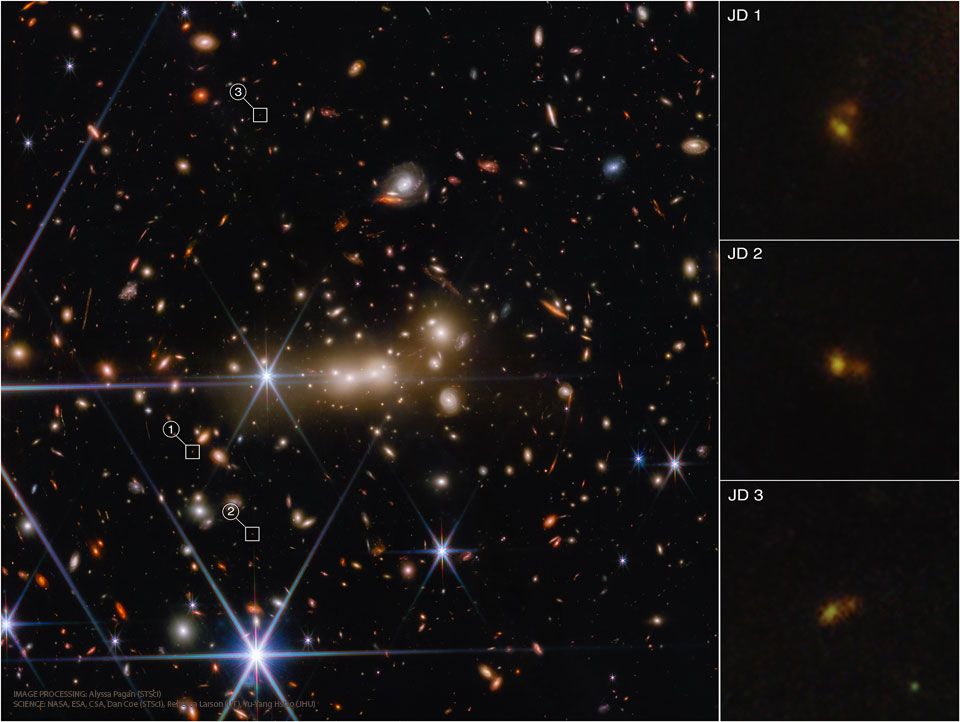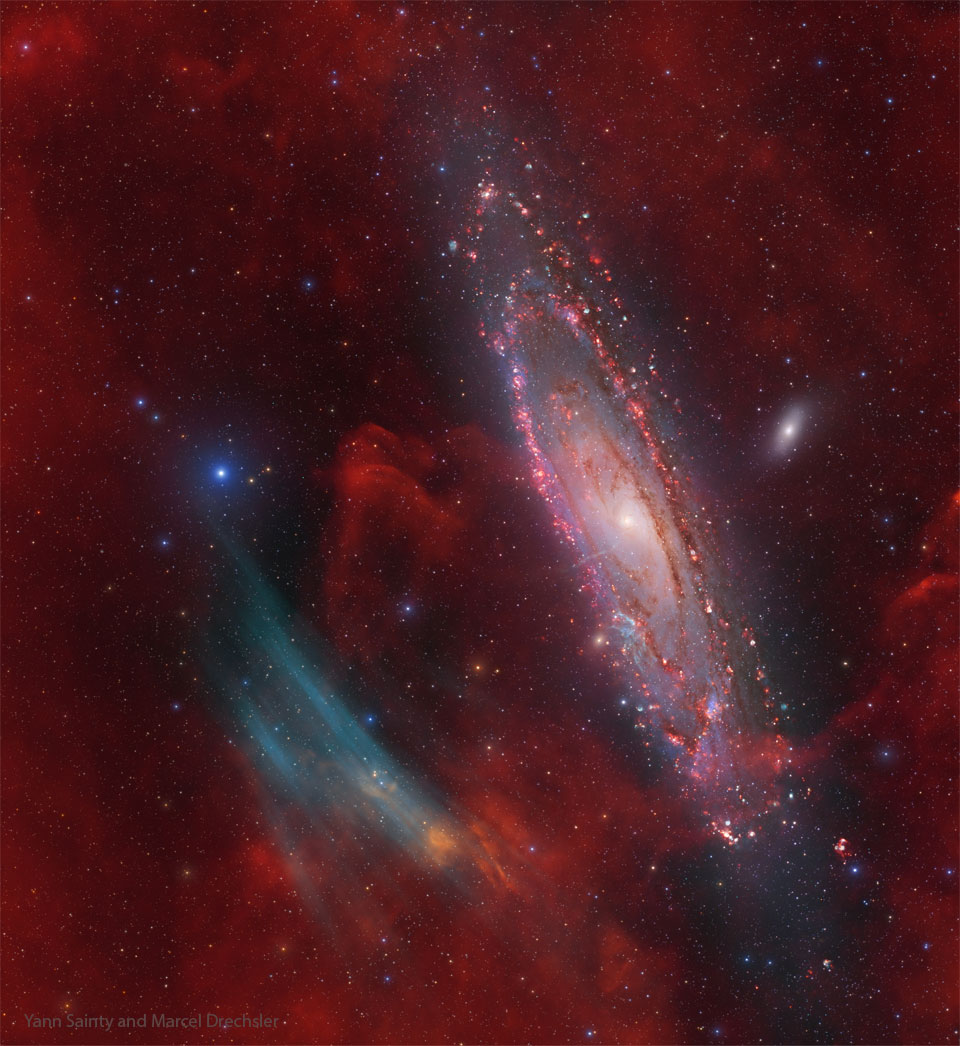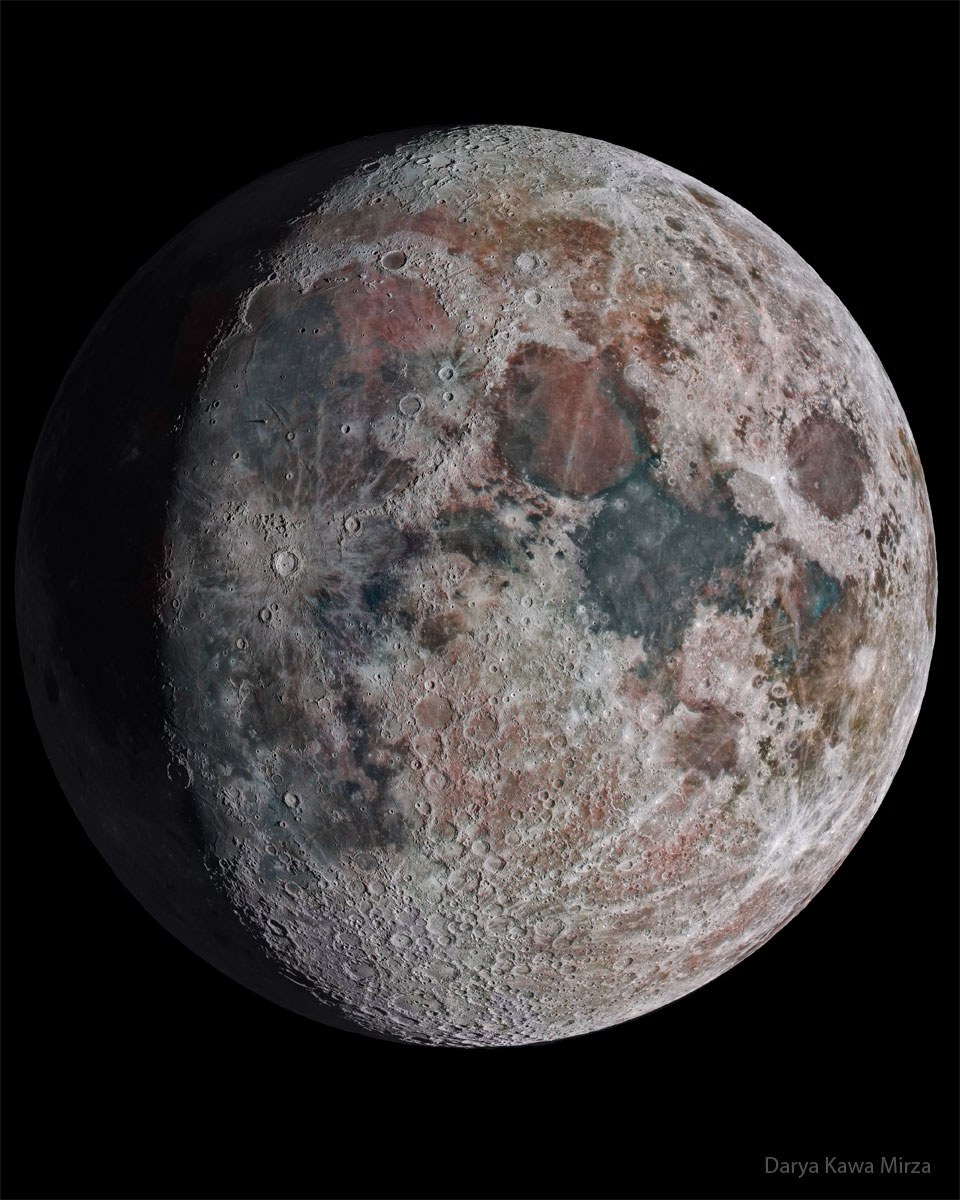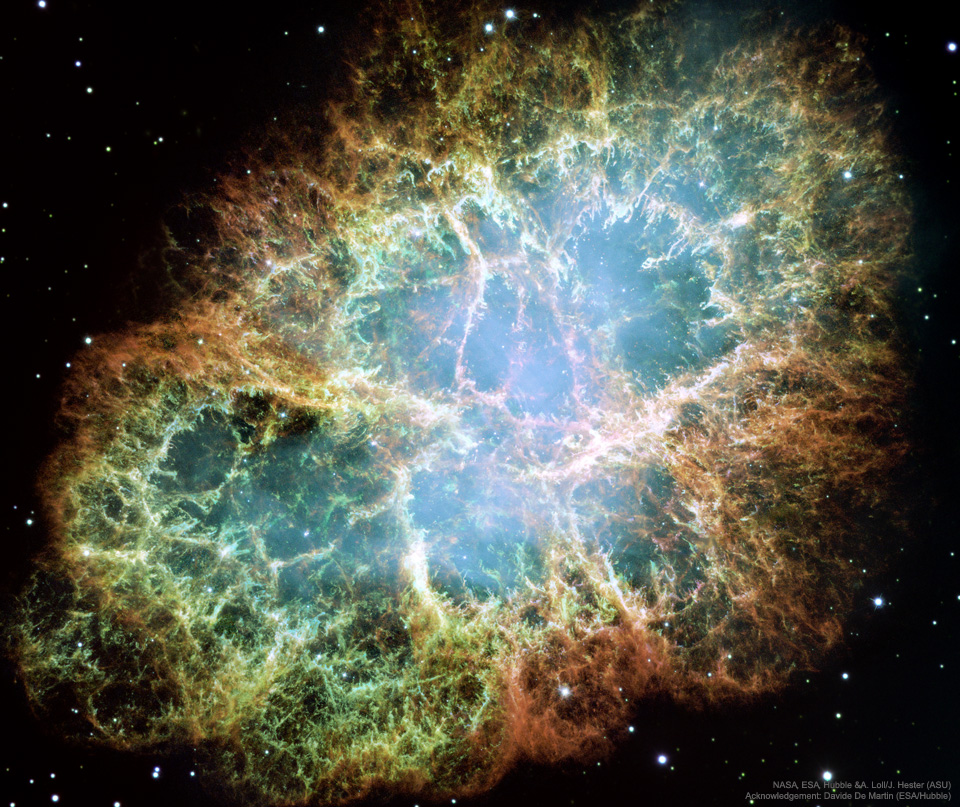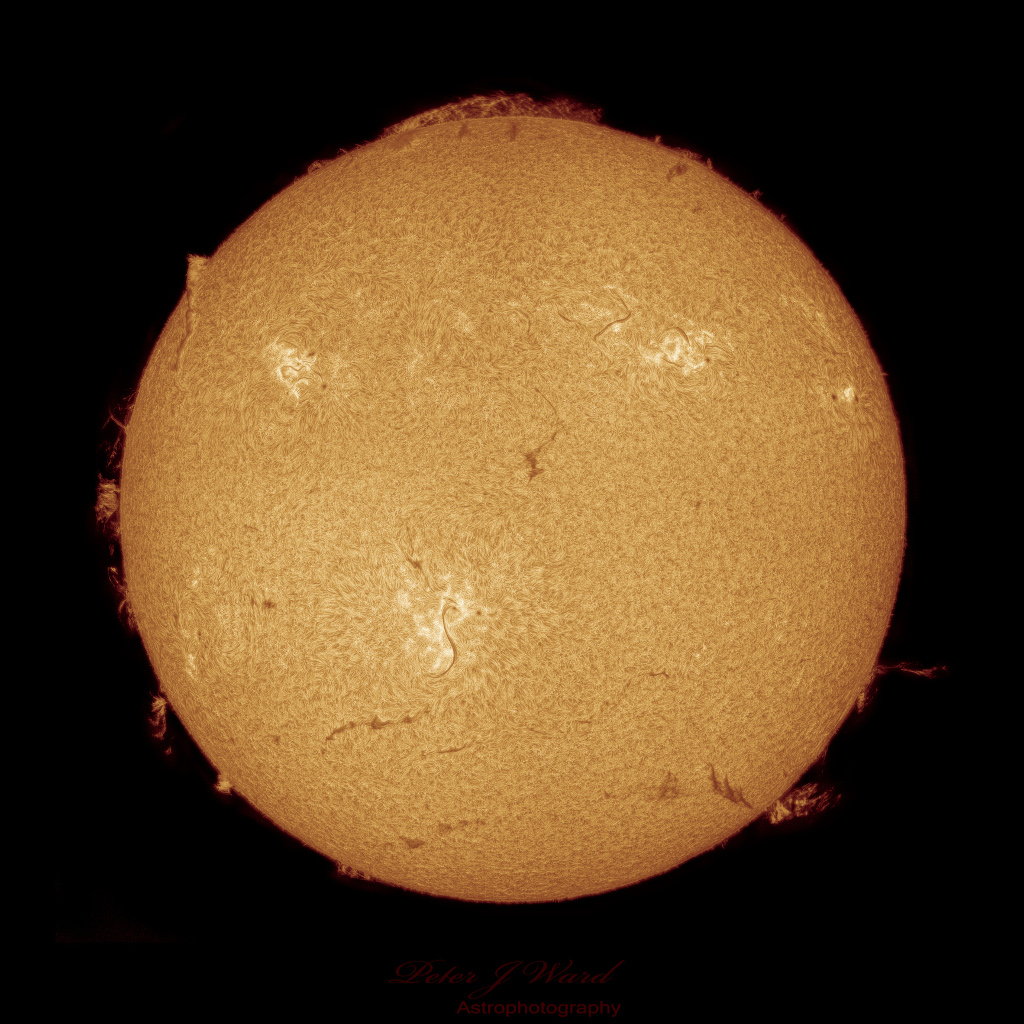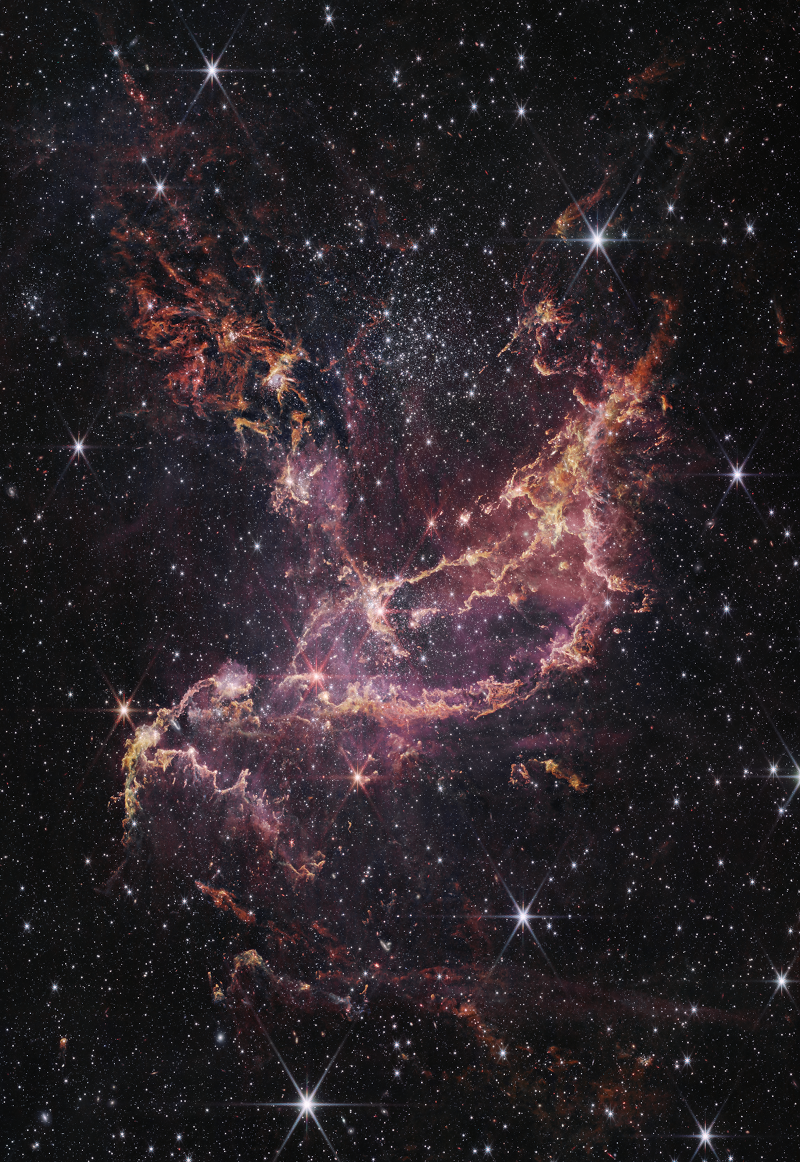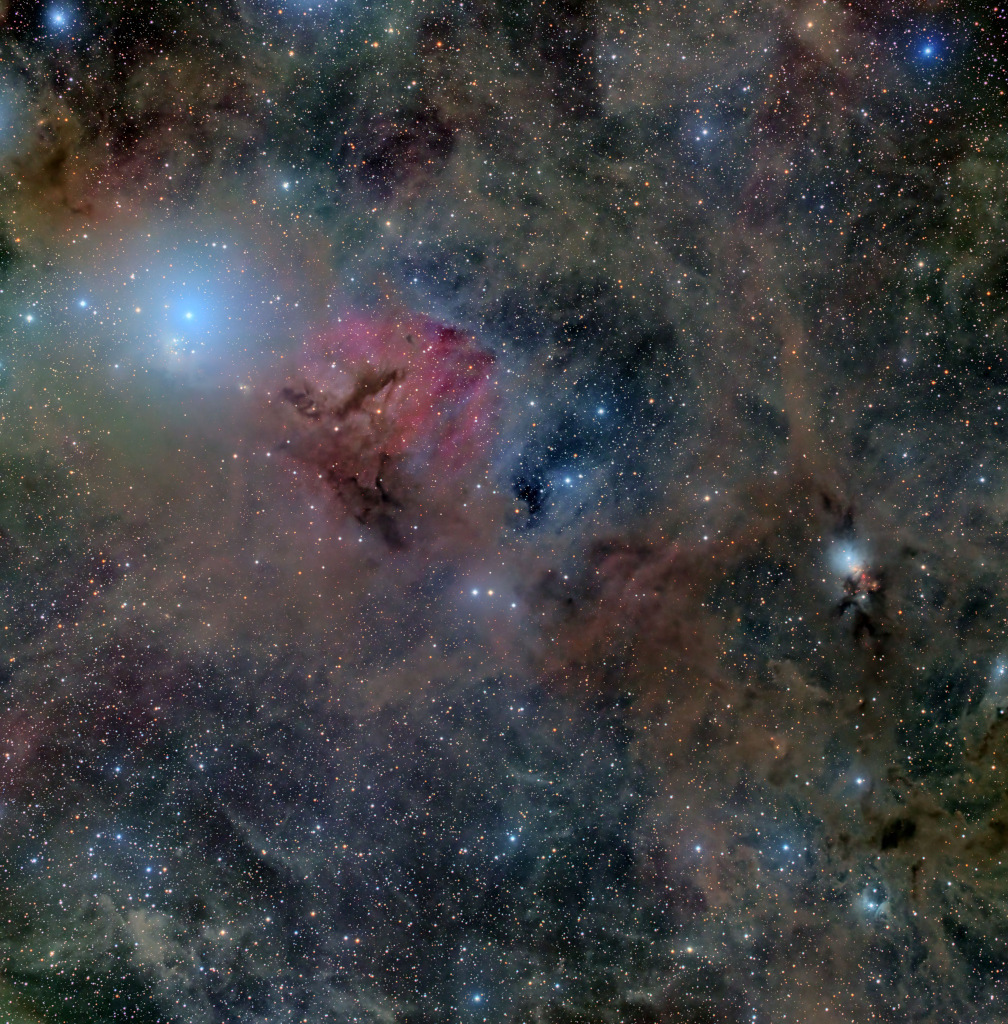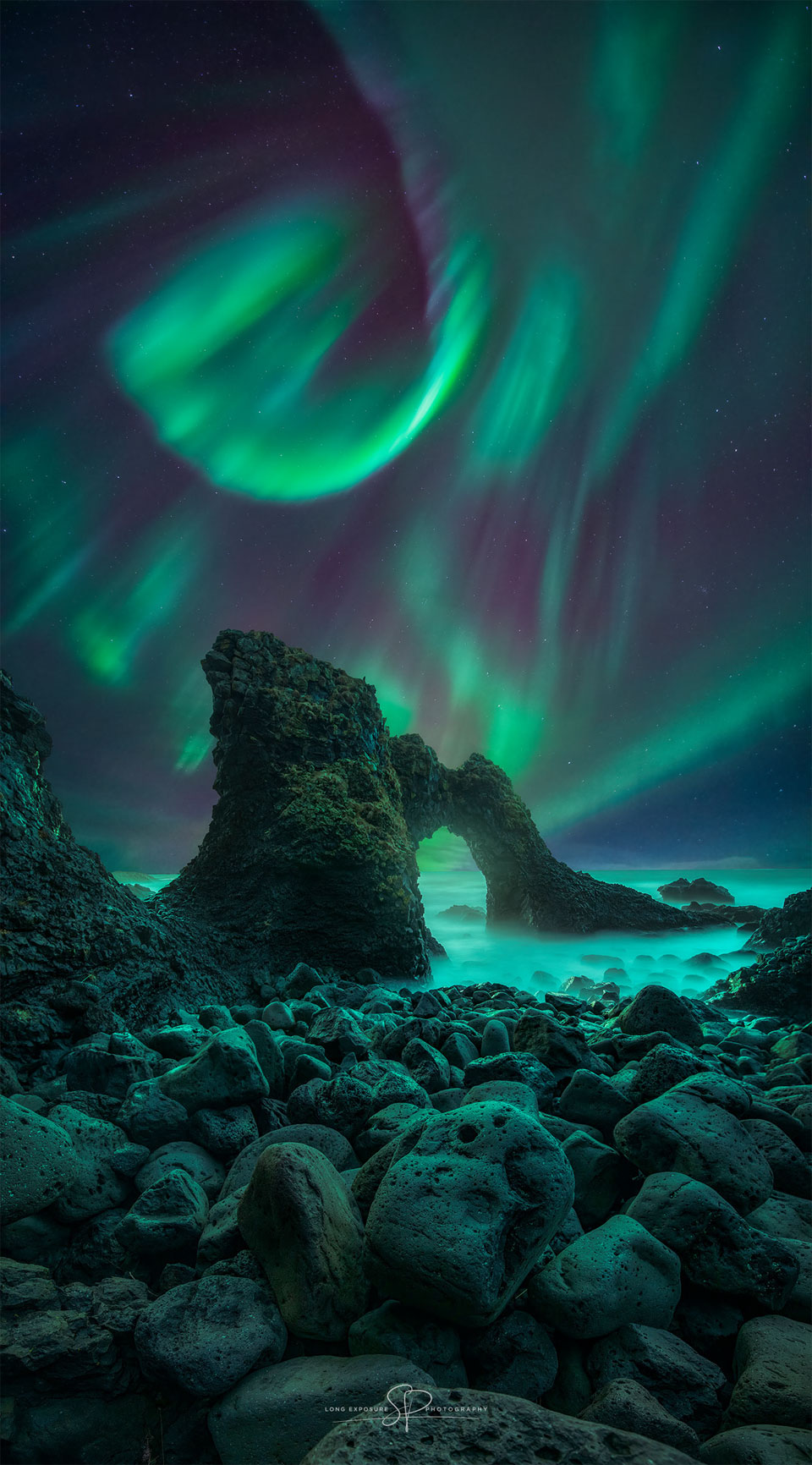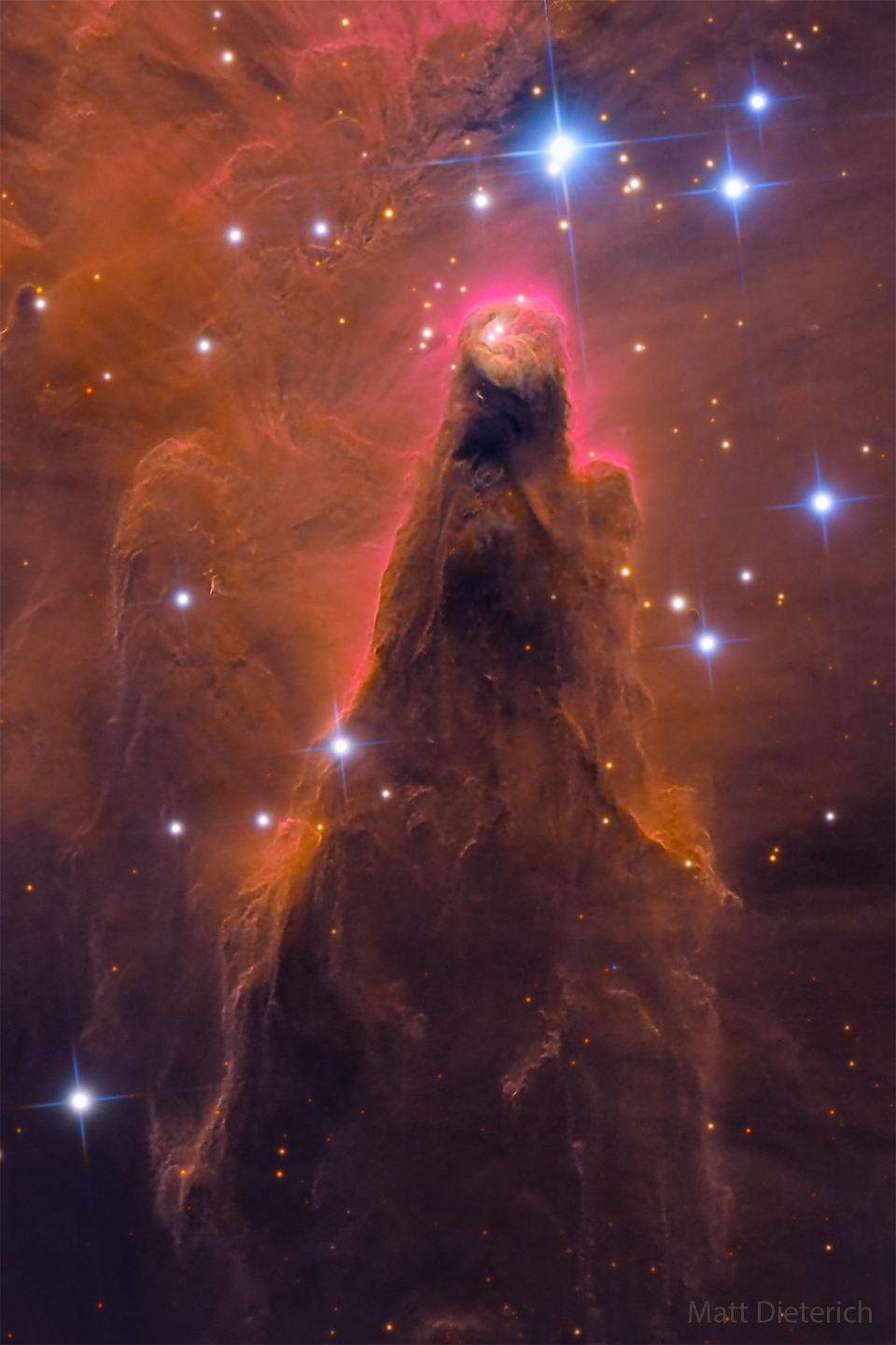안녕하세요, 잡학다식 입니다. 오늘은 과연 나사에서 어떤 방식으로 우주의 형상을 표현해 줄까요?
우선 이미지부터 볼 수 있도록 하겠습니다
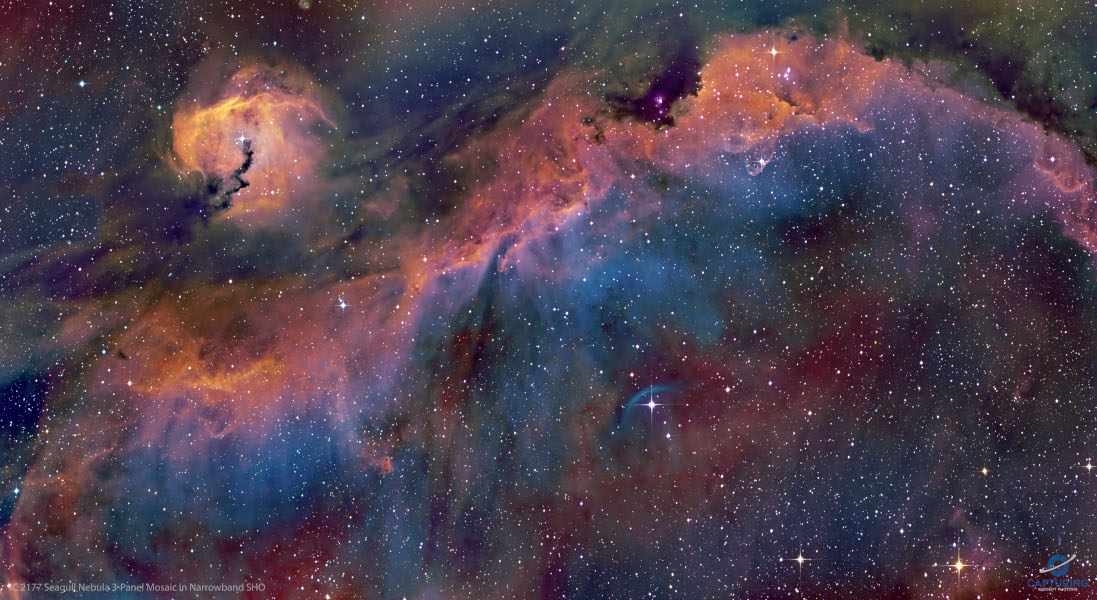
해당 사진의 이름은 The Seagull Nebula 인데요 우선 NASA에서 공식적으로 발표한 설명들을 확인해 보겠습니다
A broad expanse of glowing gas and dust presents a bird-like visage to astronomers from planet Earth, suggesting its popular moniker - The Seagull Nebula. Using narrowband image data, this 3-panel mosaic of the cosmic bird covers a 2.5 degree swath across the plane of the Milky Way, near the direction of Sirius, alpha star of the constellation Canis Major. Likely part of a larger shell structure swept up by successive supernova explosions, the broad Seagull Nebula is cataloged as Sh2-296 and IC 2177. The prominent bluish arc below and right of center is a bow shock from runaway star FN Canis Majoris. This complex of gas and dust clouds with other stars of the Canis Majoris OB1 association spans over 200 light-years at the Seagull Nebula's estimated 3,800 light-year distance.
이번에도 광활한 우주 앞에 인간이 얼마나 작은 존재인지 다시 한번 알게 되는것 같습니다
저는 내일도 더 좋은 사진과 함께 돌아오겠습니다, 그럼 행목한 하루 되시길 바랍니다
'과학상식' 카테고리의 다른 글
| NASA 나사의 오늘의 이미지들 (2023-01-21) (0) | 2023.01.22 |
|---|---|
| NASA 나사의 오늘의 이미지들 (2023-01-20) (0) | 2023.01.21 |
| NASA 나사의 오늘의 이미지들 (2023-01-18) (0) | 2023.01.19 |
| NASA 나사의 오늘의 이미지들 (2023-01-17) (0) | 2023.01.18 |
| NASA 나사의 오늘의 이미지들 (2023-01-16) (0) | 2023.01.17 |
